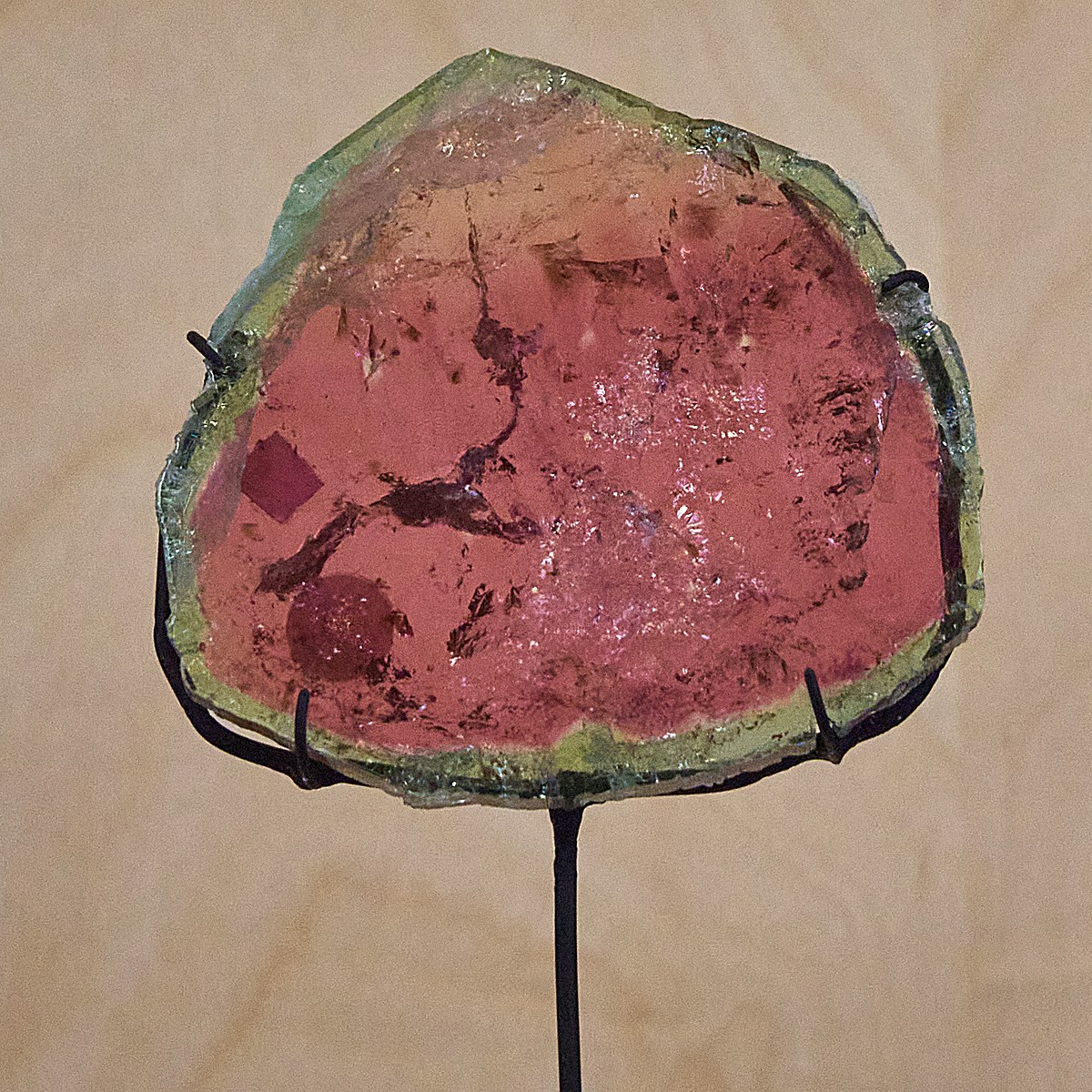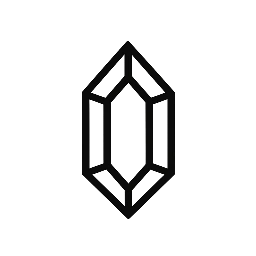Watermelon Tourmaline: Balanced joy and harmonized heart
Balanced joy and harmonized heart

🪨Origins & Formation
Watermelon Tourmaline is recognized in the Silicate – Tourmaline Group family. It is appreciated by collectors and healers for its characteristic appearance and energy.
🌍Where It’s Found
- Brazil
- Madagascar
- USA
📜History & Cultural Significance
Modern lore associates Watermelon Tourmaline with themes of balanced joy and harmonized heart.
🧘Chakra Connection
Often paired with supportive centers for balance and growth.
- Root: Stability and presence.
- Heart: Openness and compassion.
- Third Eye: Clarity and perspective.
💫Tarot Connection
Tarot themes echo its character:
- Temperance: Harmony and steady progress.
♒Zodiac & Astrology
Common pairings for temperament and practice:
- Taurus: Steadiness.
- Virgo: Careful improvement.
- Scorpio: Depth and focus.
Associations vary—choose what resonates.
✨Healing Properties & Symbolism
- Calm: Encourages ease and relaxation.
- Focus: Supports practical follow‑through.
- Balance: Helps harmonize mood and energy.
These qualities reflect traditional lore and spiritual practices and are not medical claims.
🧭Everyday Uses & Care
- Decor: Place where you plan or reflect.
- Meditation: Slow breath while holding the stone.
- Care tips: Gentle cleaning
- avoid harsh chemicals.
⛰️Geological Context
Common in granitic pegmatites and metamorphic schists; forms striated prismatic crystals.
🧪Scientific Properties
| Refractive Index | ≈1.614–1.666 |
|---|---|
| Specific Gravity | ≈3.00–3.30 |
| Luster | Vitreous |
| Cleavage | Indistinct; brittle with strong striations |
| Optical Properties | Uniaxial (−); strong pleochroism (colored varieties) |
🤝Ethical Sourcing
Color treatments and irradiation occur; buy from suppliers who disclose treatments and labor practices.
🧤Safety & Handling
- Hardness ~7–7.5—durable, but brittle along striations.
- Avoid sudden temperature changes.
- Clean with mild soap and water
- avoid ultrasonic for included stones.
🔎Similar Crystals
- Schorl vs. black spinel (isotropic)
- Black obsidian (glass
- no striations)
- Hornblende (amphibole
- different cleavage)
